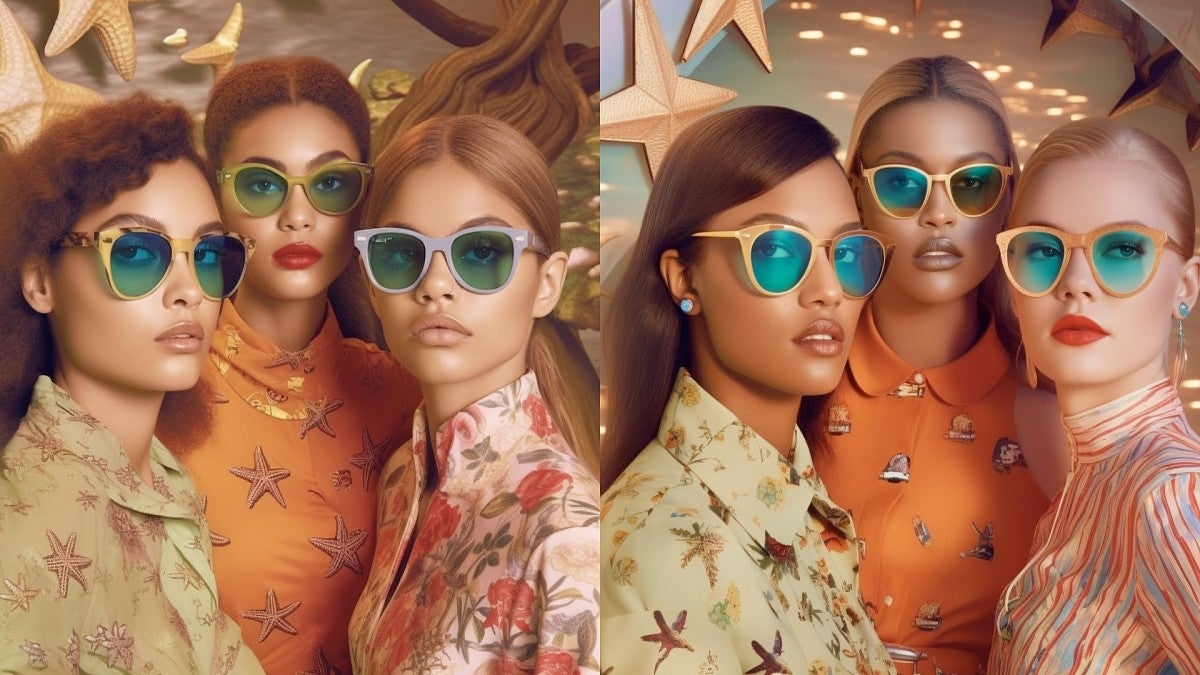As some major brands try to make their advertising more inclusive, research from a University of Oregon marketing expert finds that mere representation of a race other than white is not enough.
“Our research found that ads should include a mixture of models of different races to foster feelings of inclusion and identification with U.S. society, which can boost brand value for America’s largest brands as they try to remain relevant in an increasingly diverse society,” said Conor Henderson, an associate professor in marketing and Judy and Hugh Oliphant Research Scholar at the UO’s Lundquist College of Business.
The study co-authored by Henderson and two international collaborators appeared in the Journal of the Academy of Marketing Science.
Study participants who viewed a series of “segregated” ads, with only Black models in one ad and only Asian models in another, found them to be less effective than ads that featured a diverse ensemble. That finding was similar for all study participants, regardless of their racial background.
“We found that nonwhite participants in our study identified less with United States society than the white participants,” Henderson said. “But those who viewed ads with a diverse ensemble of models reported feeling more connected to society. When consumers identify more with society, they tend to concern themselves more with what is popular and view prominent leading brands more favorably than small challenger brands.”
The level of harmony and unification in society is largely out of big brands’ control, but “they do control large advertising budgets and can help society, and themselves, depending on the approach they take with their ads,” Henderson said.
While on sabbatical in France, Henderson co-authored the study with two French collaborators, Marc Mazodier, a marketing professor at ESSEC Business School, and Jamel Khenfer, an associate professor of marketing at Excelia Business School in La Rochelle.
Henderson and Mazodier previously collaborated on sports marketing research. They found sports fans cared more about the brands sponsoring their team when they were surrounded by fans of the opposing team than they did when they were among fans of their own team.
“That got us thinking about how the experience of being a minority can change your feelings about brands, which inspired our latest research,” Henderson explained.
Their research on diversity in advertising involved studies in the United States, the United Kingdom and the United Arab Emirates.
First, the researchers examined a large data set of consumer ratings of hundreds of U.S. brands. They sorted the data by race and zip code and found that the advantage leading brands usually have by virtue of their prominence and popularity was weaker among people of color.
Those consumers weren’t as focused on leading brands because they weren’t trying to follow the herd, a behavior known as “social proof,” Henderson said. They also weren’t trying to fit into mainstream society by buying what was perceived to be a popular brand.
The researchers noted that their findings applied only to big brands, not to small brands. They also found big brands weren’t as strong among white respondents who lived in more racially diverse communities.
Next, the researchers wanted to test whether the ads people see can help make them feel more connected to society. Using real ads and some constructed with AI, they compared consumers’ responses to ads that showed only models of a single race with ads that showed a mix of models of different races.
“No one responded well to the ads without representation of multiple races,” Henderson said. “Those that viewed the ads with a diverse ensemble of models reported feeling more connection to society. Those ads were received the most favorably by everyone.”
—By Sherri Buri McDonald, University Communications


